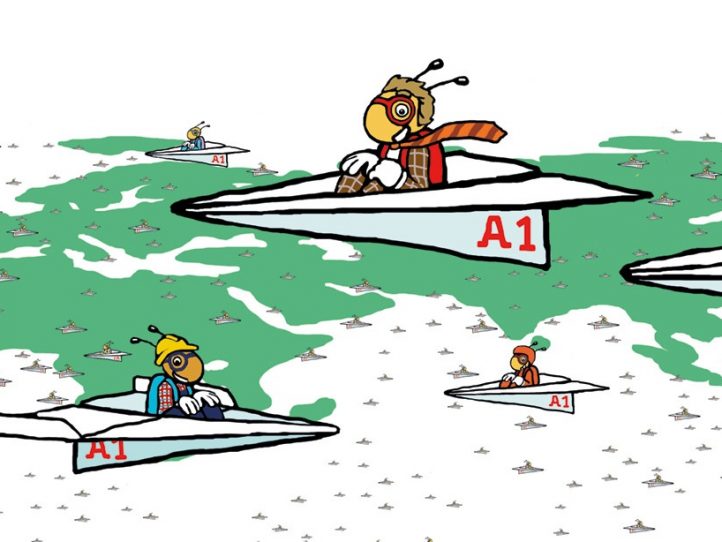EU area: Growing number of workers going abroad to work

Workers going abroad to work can remain covered by the social security laws and benefits of their home country and avoid extra fees in the country in which they work. They need an A1 certificate for this.
The A1 certificate can be granted to a worker going abroad to work temporarily in an EU country or a country with which Finland has a social security agreement. The certificate attests that the worker has been, for example, posted to the other country.
Nearly three million A1 certificates were issued in 2017 by EU Member States. This speaks of the volume of workers going abroad to work in the EU.
“The input of EU migrant workers within the area grows rapidly year by year. The growing number of A1 certificates can also partly be explained by the tightened control,” explains development manager Karoliina Nurmi of the Legal Department at the Finnish Centre for Pensions.
Statistics of the European Commission shows that around 23,000 posted workers with an A1 certificate came to work in Finland in 2017, mainly from Estonia, Germany and Poland.
In 2018, more than 12,000 A1 certificates were granted in Finland for workers going to work abroad. The number has grow rapidly also in Finland, because it grew by 2,000 certificates in 2018 compared to the year before.
Poland alone grants around 600,000 A1 certificates each year. An estimated 5 per cent of the Slovenian workforce has worked abroad. The other ‘big granters’ of A1 certificates in the EU include Germany, Spain and Italy. Workers in construction and transport are most prone to work internationally.
Faster service with robotics
The number of granted A1 certificates has more than doubled in a decade. The Finnish Centre for Pensions grants the certificates for those who go to work abroad from Finland.
Customers who apply for the A1 certificate online get them faster as some of the online applications can be processed automatically. The customers can also check the status of their application if they have applied for the certificate online.
“We process one third of the applications we get automatically. That way we can send a granted A1 certificate to the employer and the worker immediately,” says Nurmi.
The experts at the Finnish Centre for Pensions often cooperate with experts abroad when processing A1 certificates. If the status of posted employee is not met, the workers are adviced to take out insurance under the social security laws of the country in which they work.
Read more
Posting of workers 2017 (pdf, statistical report of the European Commission)
Statistical databased and time series of mobile workers (statistics of the European Commission)
Applying for an A1 certificate (etk.fi)
More information
Karoliina Nurmi, Development Manager, +358 29 411 2357, karoliina.nurmi(at)etk.fi
Customer service at the Finnish Centre for Pensions
What is an A1 certificate?
- A worker posted temporarily to another EU country or a country with which Finland has a social security agreement can be covered by Finnish social security laws.
- The A1 certificate, identical in all EU countries, shows that the worker is covered by the social security laws of the posting country.
- The statutory insurance contributions of a worker with an A1 certificate are paid to the country that granted the certificate and not to the country in which the work is done.
- According to EU regulations, the laws of only one country can be applied at a time. The main rule is that the work is insured in the country in which it is done.
What are the benefits of having an A1 certificate?
- The A1 certificate orders the company that has posted a worker abroad to pay the social security contributions to the country that posts the worker (for example, Finland).
- The worker earns a pension from Finland under Finnish laws and, for example, the sickness allowance is paid from Finland.
- The Finnish Centre for Pensions grants the A1 certificate, sends it to the applicant and notifies Kela and the pension provider of the granted A1 certificate.
- Kela sends a European health insurance card to the worker working in another EU country.
Illustration: Jouko Ollikainen